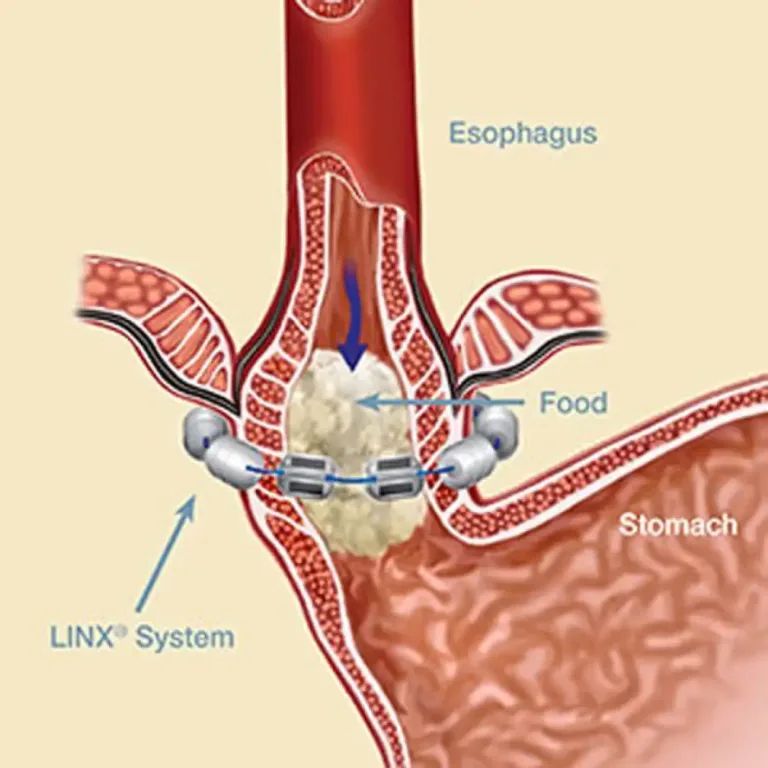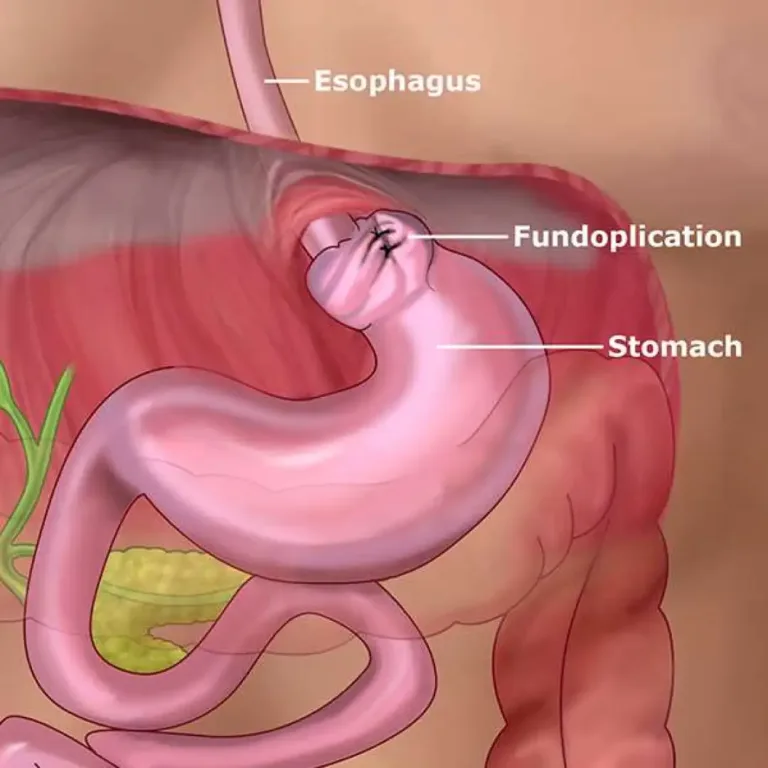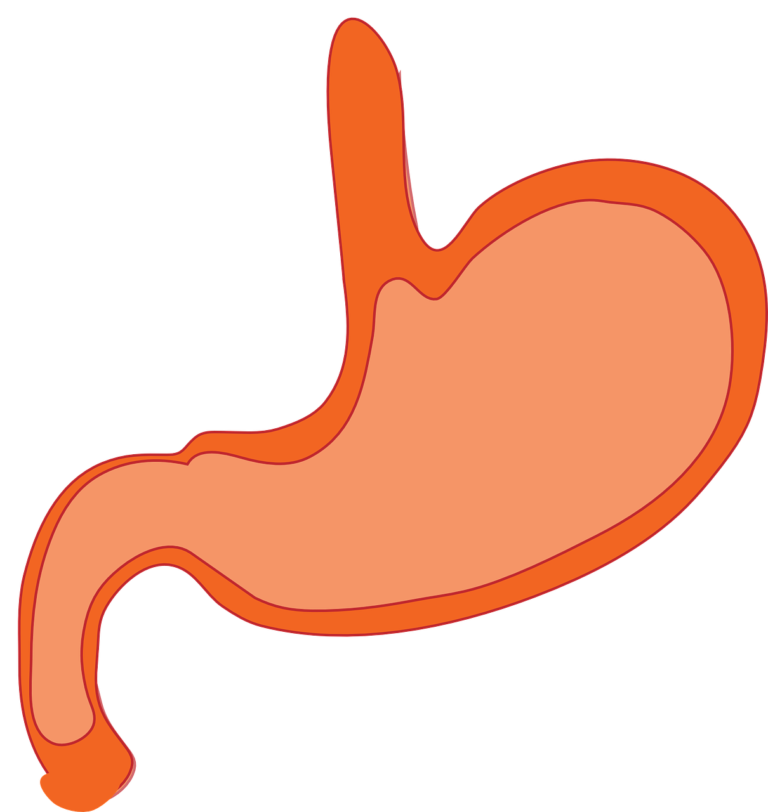While abdominal ultrasound serves as a powerful diagnostic tool, there are certain aspects and conditions that elude its imaging capabilities. Understanding the limitations of this modality is essential for a comprehensive assessment of abdominal health. Let’s explore what may not be visible during an abdominal ultrasound.
Aspects Not Visualized by Abdominal Ultrasound:
Detailed Assessment of Intestinal Structures: Abdominal ultrasound is limited in providing detailed images of the small and large intestines. Evaluation of specific intestinal layers and identification of subtle abnormalities may require alternative imaging methods such as CT scans or MRI.
Evaluation of Gas or Air-filled Structures: Abdominal ultrasound faces challenges in visualizing structures that contain a significant amount of gas or air. This limitation can affect the assessment of certain portions of the digestive tract, like the stomach and portions of the colon.
Evaluation of Solid Organs Behind Gas-Containing Structures: Gas in the digestive tract may hinder the clear visualisation of solid organs located behind these structures, affecting the ability to assess certain areas of the liver, pancreas, or spleen.
Evaluation of the Retroperitoneum: The retroperitoneum, an area behind the abdominal cavity that houses structures such as the kidneys and aorta, may be partially obscured by overlying structures, limiting the ultrasound’s ability to provide a comprehensive view.
Bone Structures: Abdominal ultrasound is not effective in visualizing bone structures. Conditions affecting the bones within the abdominal region, such as fractures or abnormalities, are better assessed through other imaging techniques like X-rays or CT scans.
Limited Assessment of Blood Vessels: While abdominal ultrasound can assess major blood vessels, it may not provide a complete evaluation of smaller blood vessels or vessels located deep within the abdominal cavity.





